If you do not fully understand the world of cryptocurrencies and NFTs, you are not alone. But for newcomers, there are a handful of cryptocurrency and NFT terms you need to know to help you on your journey
For a newcomer, the weird language and unfamiliar concepts can make it more than a little intimidating to enter this strange corner of cyberspace.
Ignorance is absolute happiness, but ignoring the cryptocurrency and the NFT space has become an increasingly difficult attempt. Let’s discuss some terms you need to know to navigate this brave new world.
1. Airdrop
In a cryptocurrency and NFT context, airdrop means sending a free digital asset to a wallet, often as part of a campaign or event.
2. Monkey in
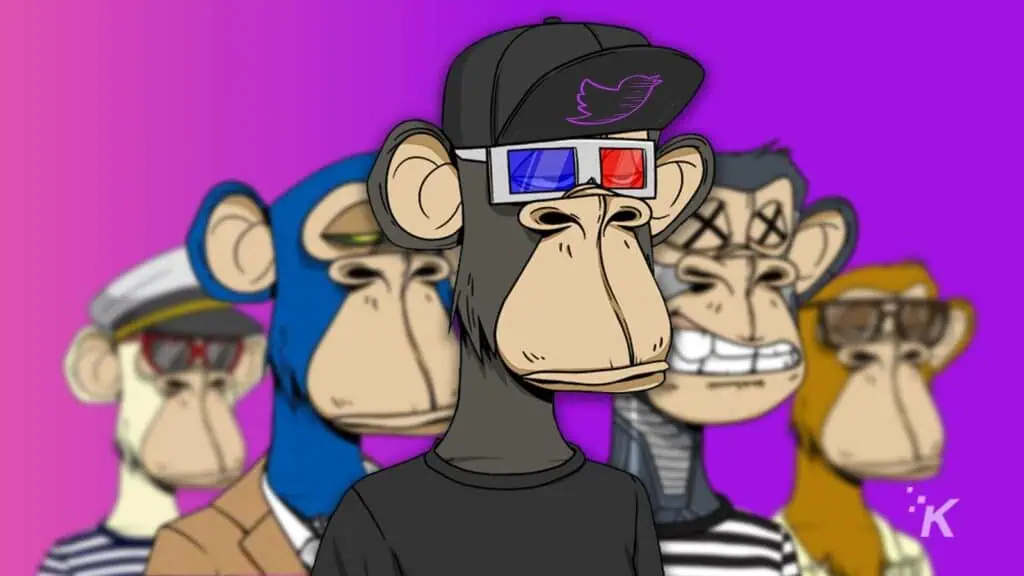
To “monkey in” is to buy a new cryptocurrency or NFT without doing proper research. If you do not fully understand the project you are investing in, you may get a surprise or two.
3. Property
Asset refers to a digital asset, such as a cryptocurrency or an NFT.
4. Blockchain

Blockchains are decentralized systems that simplify cryptocurrency transactions using peer-to-peer networks, ensuring integrity and unchanging records.
5. Bro
Bridges facilitate the transfer of NFTs from one blockchain to another.
6. Burning
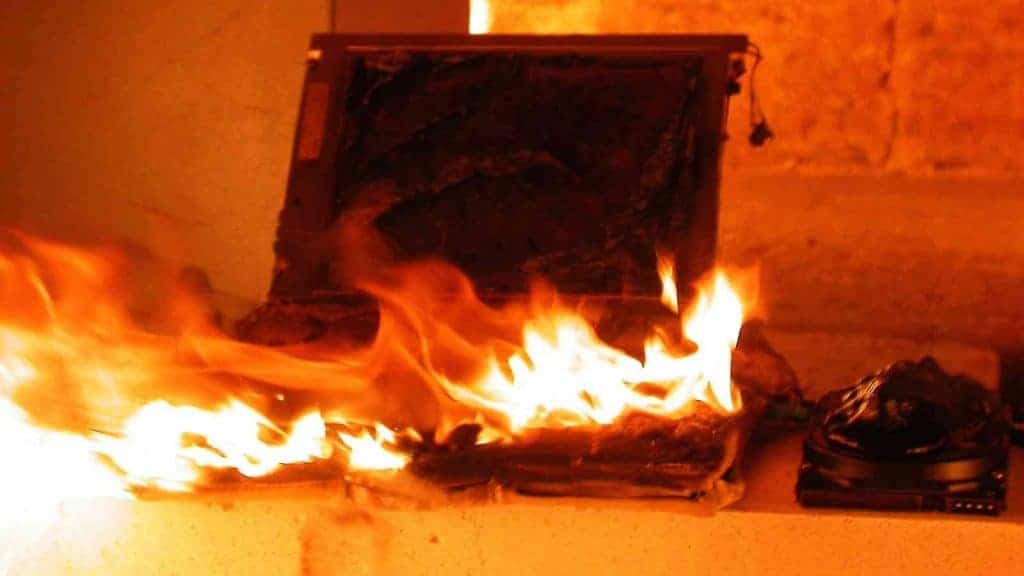
Burning involves sending an NFT to a crypto address that no one controls to remove the asset from the blockchain. When you burn a digital asset, you actually delete it.
7. Copycat
Copycat NFTs mimic the work of others, posting it on the blockchain to make money and defraud consumers.
8. Cryptocurrency
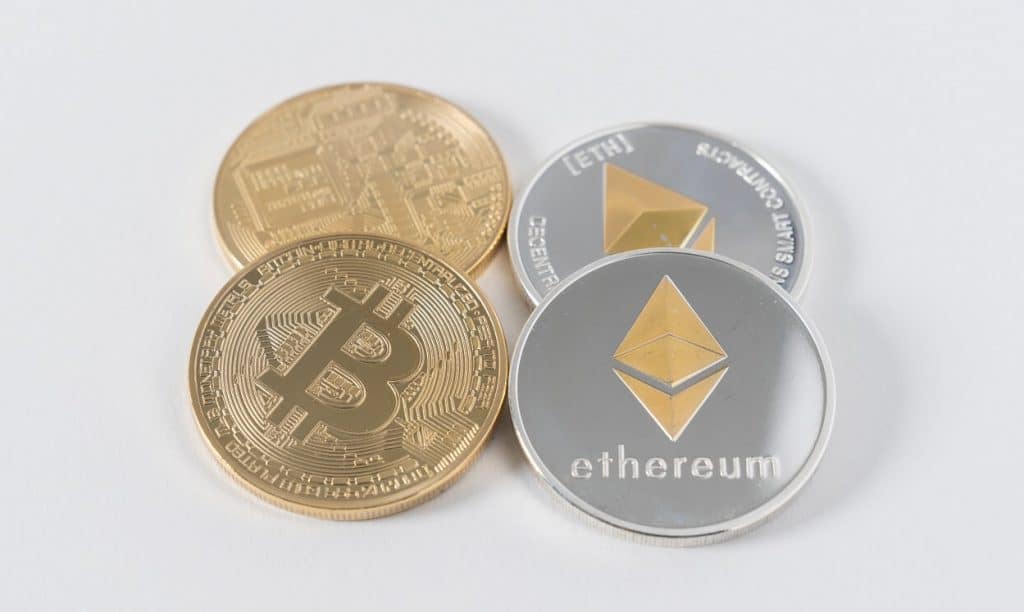
Cryptocurrencies, such as Bitcoin and Ethereum, are digital currencies that use blockchain technology to ensure secure and accurate transactions.
9. Crypto wallet
Crypto wallets are used to store cryptocurrencies and NFTs either on a device or online platform.
10. Crypto wallet address
Wallet addresses are unique identifying keys used to send cryptocurrencies and NFTs to a specific person’s wallet.
11. Delete
To delete is to cancel an NFT that is listed for sale. This can happen for several reasons, including copyright infringement.
12. Diamond hands
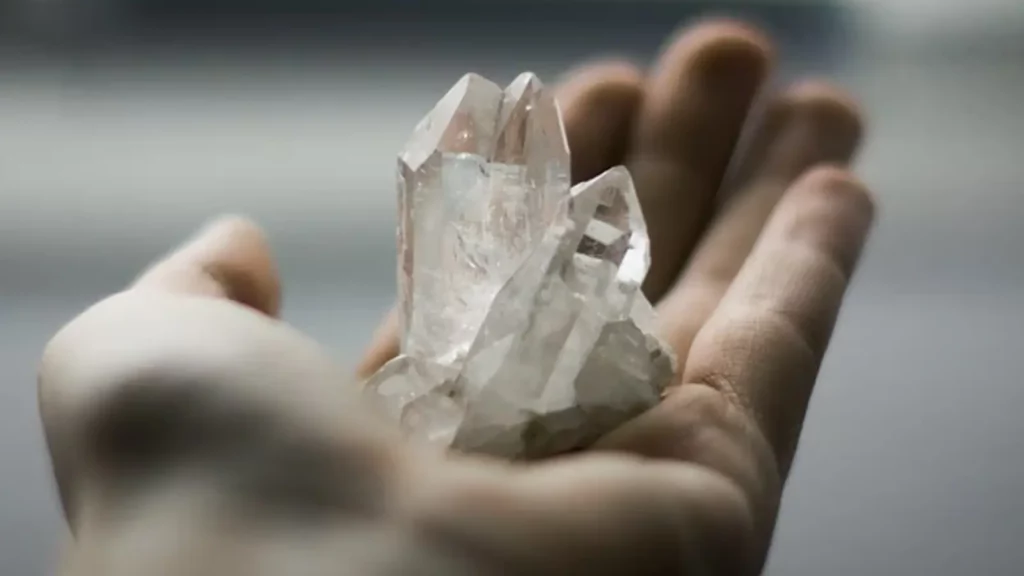
Diamond hands do not sell their NFTs due to the pressure to increase or decrease value. An investor who hangs on an asset for too long and to his own detriment is considered a diamond hand.
13. DOA
DOA stands for Decentralized Autonomous Organization. Full control is never with a single entity, and members vote on all important changes. In addition, the code is publicly available to ensure the integrity of the system.
14. Ethereum
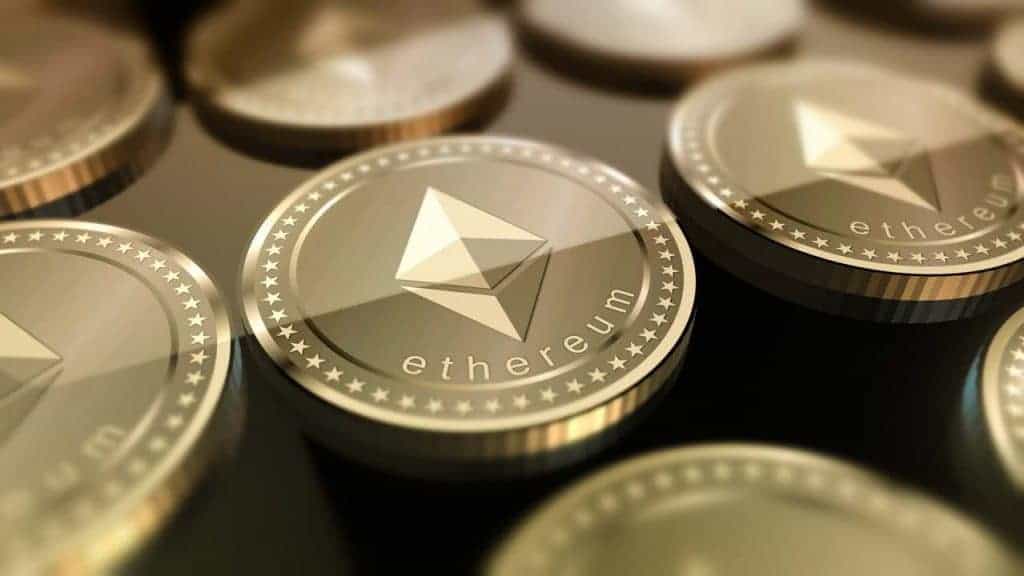
Ethereum is a popular blockchain used for NFTs and the cryptocurrency Ether (ETH).
15. Vende
Flipping involves buying an NFT at a low price and later selling it to earn quickly.
16. Floor price
The floor price is the lowest amount you can pay to buy an NFT before it enters the secondary market.
17. FUD
RD&D stands for “fear, uncertainty and doubt” and can relate to negative rumors about a particular project.
18. Gas fee
Gas charges are payments to blockchain miners to compensate for the energy used to simplify transactions.
19. Marketplace
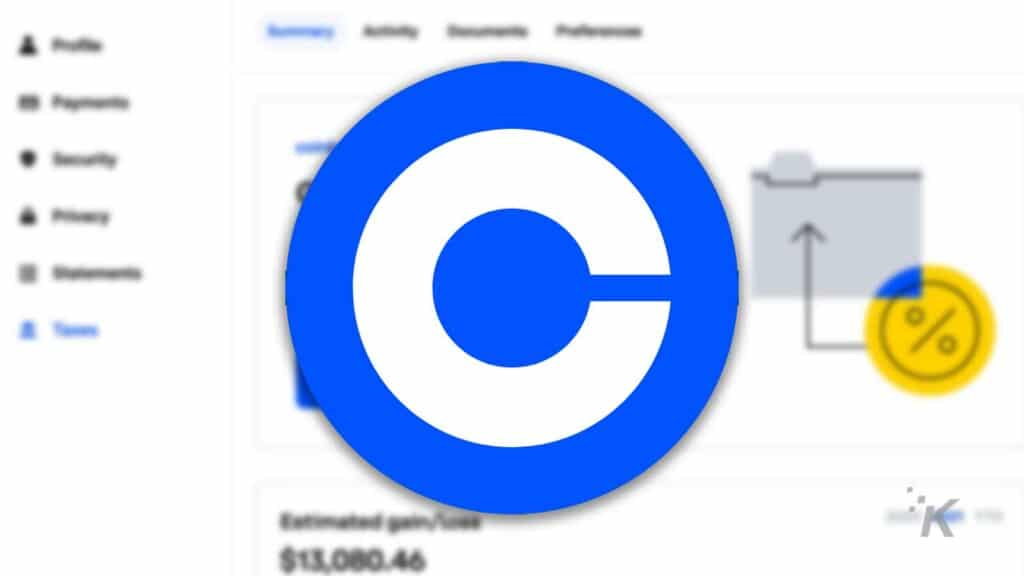
Marketplaces are platforms for buying cryptocurrencies and NFTs. OpenSea is one of the most well-known NFT marketplaces. Coinbase (pictured above), on the other hand, is known for more standard cryptocurrencies.
20. Metadata
Metadata is all technical information about an NFT or other digital asset.
21. Metaverse
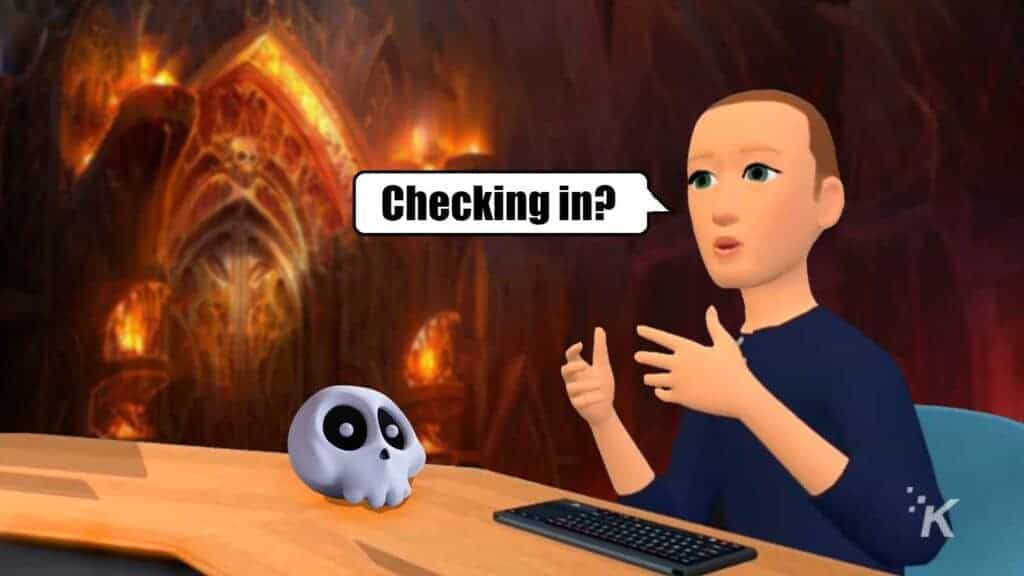
Metaverset is our first step to leave the physical realm and become one with the machines.
22. Minting
Minting publishes an NFT on the blockchain for buying and trading.
23. Paper hands
Paper hands are the opposite of diamond hands and describe one who immediately sells under pressure.
24. OpenSea
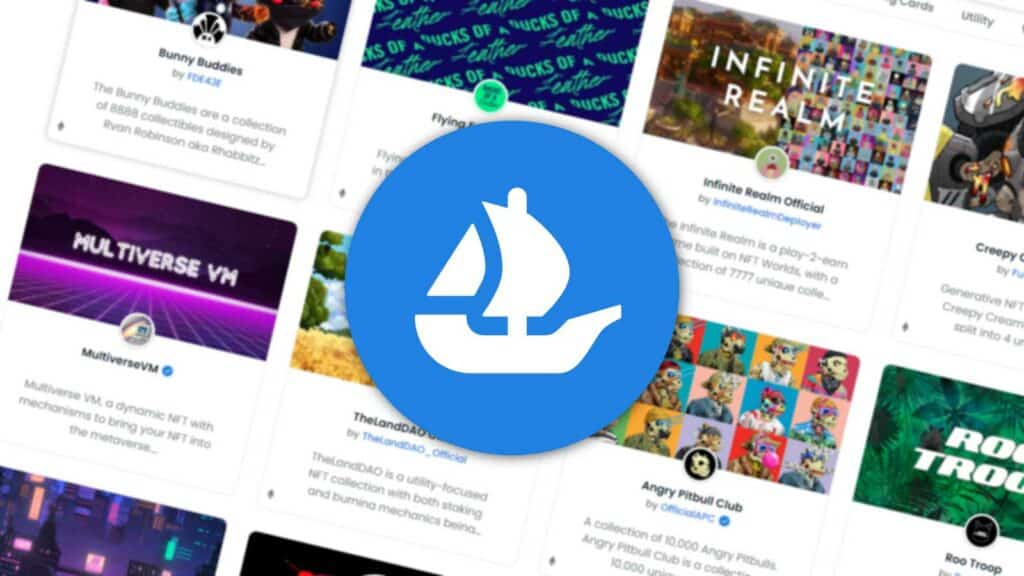
OpenSea is a popular NFT marketplace that supports blockchains Ethereum, Polygon, Klatyn and Solana.
25. P2E
P2E stands for play to earn and describes games where players receive NFTs or cryptocurrencies to play. Axie Infinity is an example of a P2E game.
26. Carpet cover
A carpet pull occurs when the creators of a fraudulent NFT project manage with the investors’ money without delivering the promised product.
27. The secondary market
Secondary markets, such as OpenSea and Magic Eden, are where NFTs are resold after the first sale of the artist.
28. Smart contract
Smart contracts are stored on the blockchain as code lines and run automatically under certain conditions.
29. Strike
Staking involves temporarily locking in an NFT to earn passive income in the form of cryptocurrency. Increased rewards often motivate owners to lock in assets for extended periods.
30. To the moon
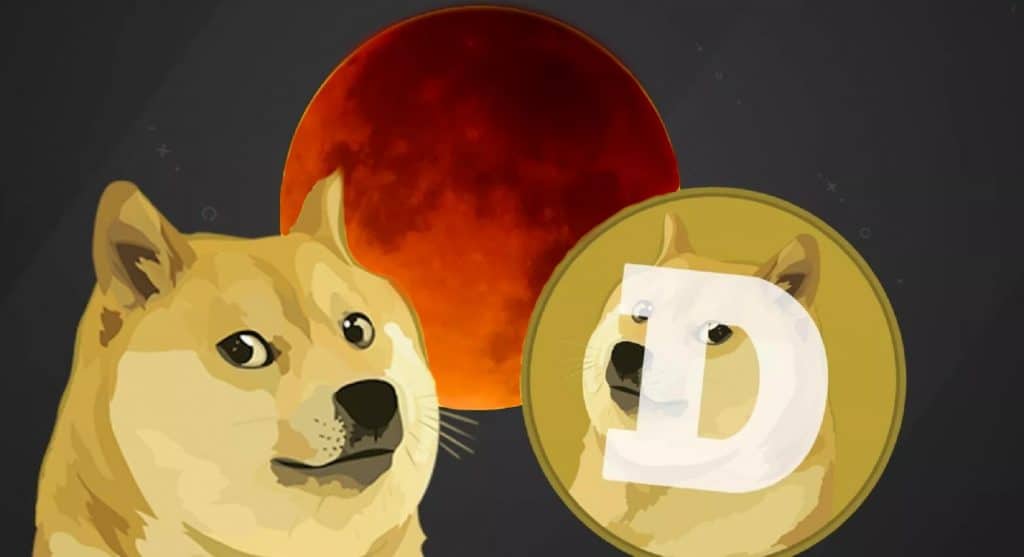
To the moon is a statement that comes when the price of a digital asset goes up. When something moons, the value rises rapidly.
Learn the language of the blockchain
Learning some common terms will not make you a crypto or NFT expert, but it will give you the language needed to navigate this unknown realm.
While some concepts are quite self-explanatory, others are a little more obscure. It is not uncommon for communities to develop a unique way of speaking that can be difficult for outsiders to interpret.
But once you know the language, you will be ready to take in, spread some R & D and maybe even go to the moon.
Do you have any thoughts on this? Let us know below in the comments or transfer the discussion to ours Twitter or Facebook.
Editors’ recommendations:



